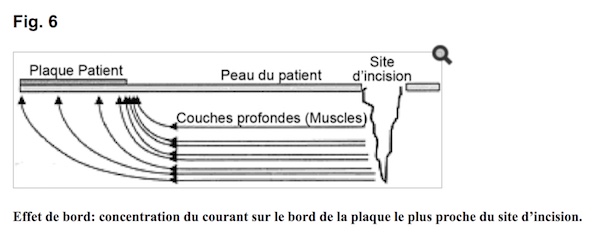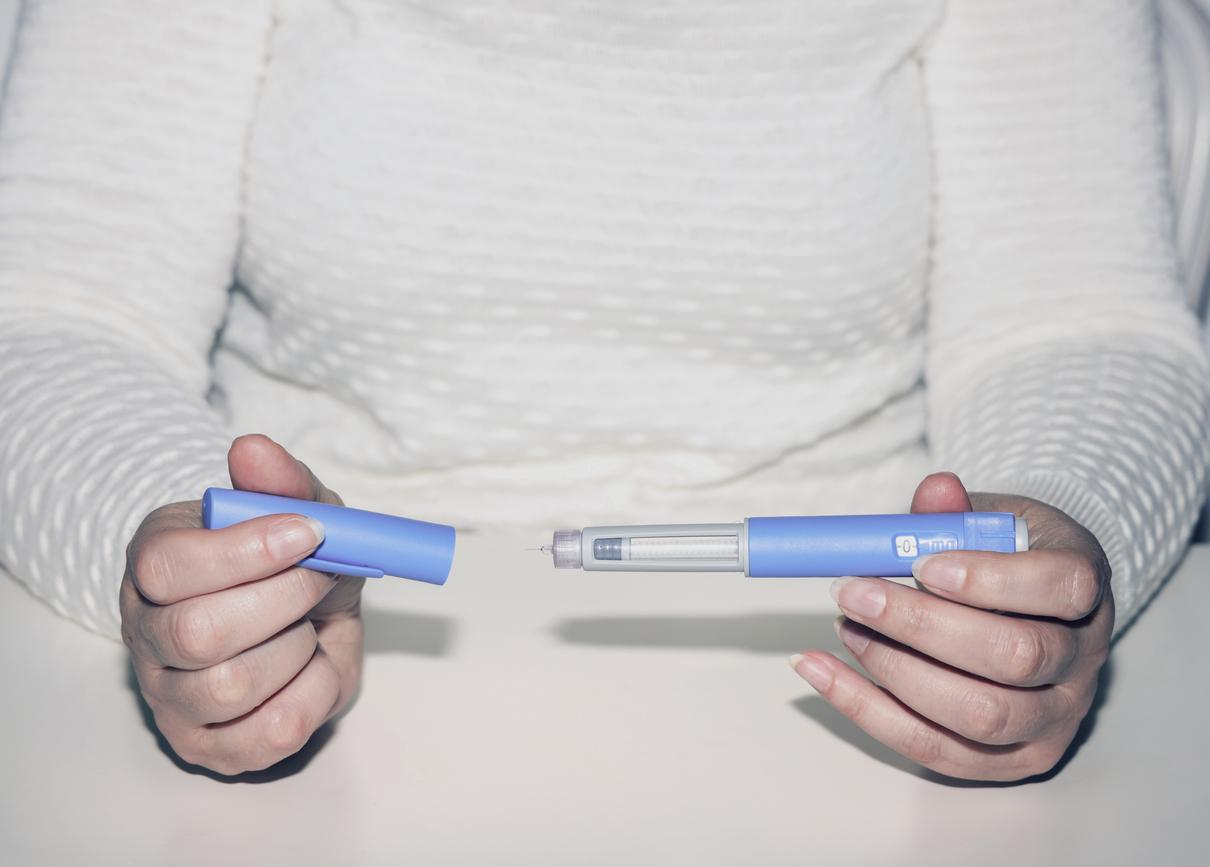A pregnant woman suffered severe burns during her caesarean section. She has lesions on 15% of her body. The use of the electrocautery is in question.

The accident is extremely rare, but spectacular. In Flers (Orne), a woman was seriously burned. Delivered by emergency caesarean section, the patient caught fire as the team made an incision with an electrocautery, reports West France.
According to information from our colleagues, the burn extends over 15% of the body of the unlucky woman. The lesions are at 3and degree. Her days are not in danger, but she has been transferred to the burns department of the University Hospital of Nantes (Loire-Atlantique).
An internal investigation was carried out by the hospital, in order to shed light on the errors that could have been made. But for justice, the unfolding of the facts is precise. “The patient would have caught fire. It would be linked to the use of an electric scalpel, ”explains the public prosecutor, Hugues de Phily.
Outdated equipment
The announcement may seem surprising to the uninitiated. But for surgeons, the risk is well known. “Cases are rare but can occur”, confirms Dr Balla Diop, contacted by Why Doctor. A surgeon at the Ouakam military hospital in Dakar (Senegal), he is the author of a study published in Annals of Burns and Fire Disasters. In the United States, 20 to 100 cases are reported per year. In France, the MACSF declared only one case for the year 2015.
Dr. Diop willingly admits that certain contexts favor burns linked to the electric scalpel. “I practice in a country where the means are insufficient,” he explains. Our surgical activity is often performed with dated or poorly maintained equipment. However, the good working order of the devices is essential to prevent incidents.
In France, the equipment is more modern and includes security measures. Moreover, 98% of operating theaters are equipped with these scalpels. “An alarm is triggered if the contact is not good, explains to Why Doctor Professor Jean-Marc Canard, gastroenterologist in Paris. The device can only be used if everything is placed correctly. »
Many precautions
But even secure, the scalpel uses electric current. Connected to the mains, it modulates its power using a transformer. The intensity of the current produces heat which causes the blood to clot or makes an incision. An effective method but which requires caution.
Products used to disinfect the skin, for example, are not all suitable for this scalpel. “Burns with plaque can occur if alcohol has been used as a disinfectant and the skin is not dry”, abounds Jean-Marc Canard. An element that the High Authority for Health (HAS) does not ignore, which mentions the risk in his assessments. Ether is also known to promote burns.
The precautions don’t stop there. Metallic material is very present in the operating room, right up to the intervention table. “The operating tables are generally well insulated, but if a member of the patient comes into contact with the iron of the table or the arm of the infusion, there is a risk of burns”, recalls Professor Duck. Similarly, the nylon of certain underwear should be avoided in the presence of such a device.
A risky way
On the whole, all the operative gestures associated with the electrocautery call for caution. But some seem more prone to an incident. “Operations on the neck and head are a little more at risk of burns”, opines Balla Diop.
A finding confirmed by the French gastroenterologist. “Using ventilation with lots of oxygen increases the risk. Depending on the heat applied, an electric arc can be created and the patient catches fire”, summarizes Jean-Marc Canard. And the burns are usually deep.
As Dr. Diop explains in his study, a mode of use of the scalpel is particularly risky: the mono-polar mode. “An electrode is placed at a distance, most often at the level of the back or the calves, and the other is located in the scalpel”, illustrates the surgeon. When the plate is faulty or misplaced, a burn easily occurs at the remote electrode.

Source : Annals of Burns and Fire Disasters
The more secure bipolar mode is increasingly used. But the two practitioners agree on one point: the best prevention remains the maintenance of the equipment. “The control is quite similar to that carried out on cars, illustrates Professor Canard, and new scalpels appear every 4 to 5 years. These have a very high level of security. »
.















